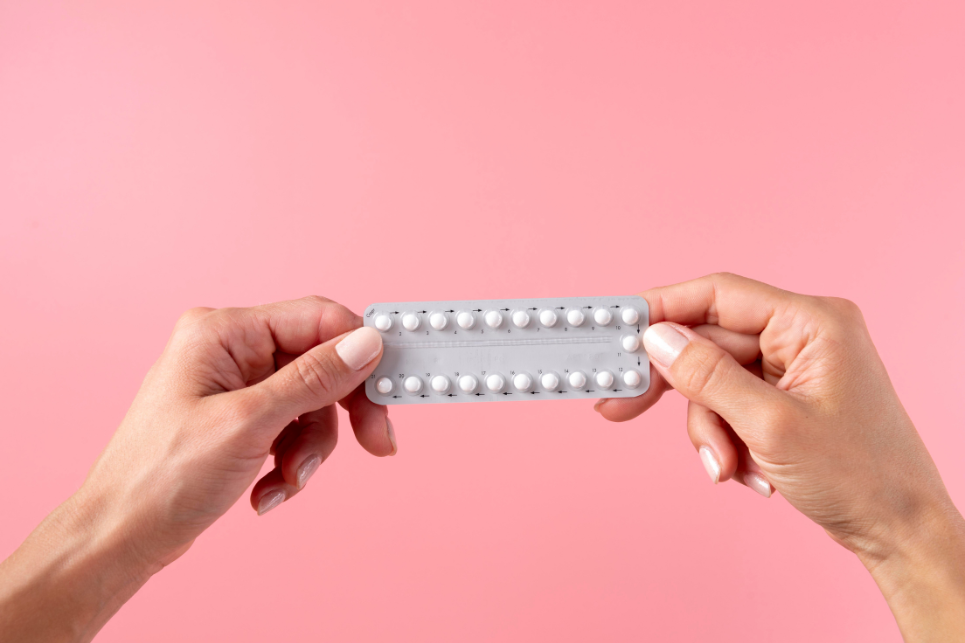Priapism, an uncommon and potentially painful condition, is characterized by a prolonged and persistent erection unrelated to sexual arousal. It is a urological emergency that demands immediate attention and care. In this article, we will explore the best treatments for priapism, including medical interventions and procedures aimed at resolving this distressing condition.
Understanding Priapism
Priapism is classified into two primary types:
1. Ischemic (Low-flow) Priapism: This is the most common form and occurs when blood becomes trapped in the erectile tissues, leading to inadequate oxygen supply. It can be extremely painful and typically requires prompt intervention.
2. Non-ischemic (High-flow) Priapism: This type is less common and less painful. It occurs when there is excessive blood flow into the penis without the usual mechanisms for detumescence (return to flaccidity). Non-ischemic priapism often resolves spontaneously.
Ischemic Priapism Treatment
Ischemic priapism is the more urgent and painful form, and immediate treatment is necessary to prevent potential complications, including erectile dysfunction. Here are the primary treatment options:
1. Aspiration and Irrigation
Aspiration involves using a syringe and a fine needle to draw blood from the engorged penis. This process is followed by an irrigation with a saline solution or another medication to help break up clots and restore normal blood flow. The procedure is usually performed in a healthcare setting, such as an emergency room or urologist’s office.
2. Alpha-Adrenergic Agonists
Medications like phenylephrine are administered to constrict blood vessels and reduce blood flow to the penis, helping to relieve priapism. These medications can be injected directly into the erectile tissues or administered intravenously. Monitoring blood pressure during treatment is essential.
3. Surgical Shunts
In cases where aspiration and medication do not resolve the priapism or when priapism is recurrent, surgical shunts may be necessary. This procedure involves creating a direct connection between the cavernosal (penile) artery and the spongy tissue, allowing trapped blood to flow out.
Non-Ischemic Priapism Treatment
Non-ischemic priapism is typically less painful and often resolves without specific treatment. However, if it persists or causes discomfort, treatment may be considered:
Observation
Many cases of non-ischemic priapism resolve on their own without intervention. However, healthcare providers may monitor the condition to ensure it doesn’t become ischemic.
Embolization
In some instances, non-ischemic priapism may require embolization, a procedure that involves injecting material into the blood vessels to reduce excessive blood flow. This is usually performed by an interventional radiologist.
Additional Considerations
1. Underlying Causes: Treating the underlying cause of priapism is crucial. This may involve addressing issues like sickle cell disease, leukemia, certain medications, or substance abuse.
2. Prevention: Preventative measures to reduce the risk of priapism may be necessary for individuals with conditions prone to recurrence. These could include avoiding triggers and adherence to medical advice.
3. Seek Immediate Medical Attention: Regardless of the type, priapism is a medical emergency. If you or someone you know experiences priapism, seek immediate medical attention to prevent potential complications.
In conclusion, priapism is a condition that demands swift and appropriate treatment to preserve both sexual function and overall health. The specific treatment approach will depend on the type and cause of priapism. A timely response and consultation with a healthcare provider or urologist are paramount in managing this condition and preventing long-term complications.







Leave a comment